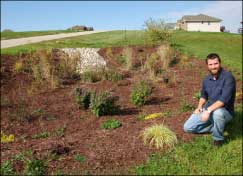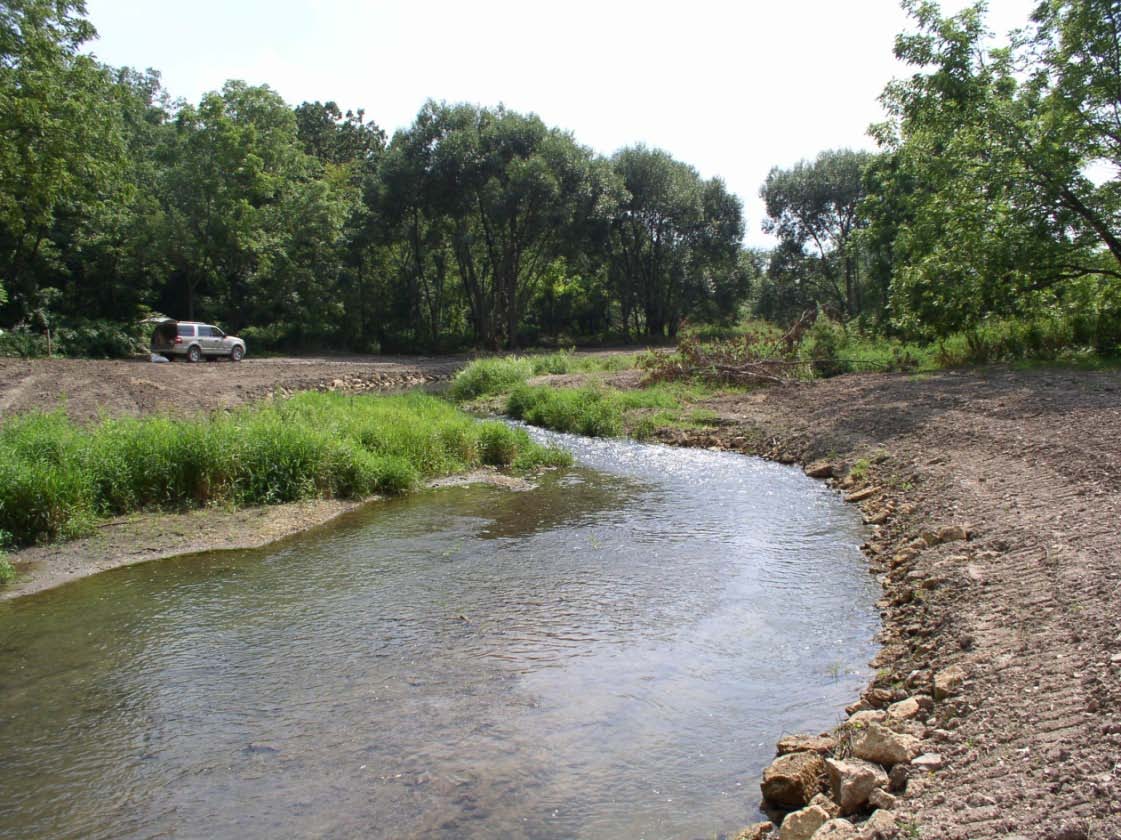About
Project name: Upper Catfish
Watershed size: 9,300 acres
Year began: 2007
Year Complete: Ongoing
SWCD Contact: Dubuque
Purpose: Improve water quality, reduce flooding
Partners
Soil and Water Conservation District(s): Dubuque
Other partners: Iowa Department of Agriculture and Land Stewardship, Iowa Department of Natural Resources,
Dubuque County Conservation Board, Natural Resources Conservation Service
Description
Upper Catfish Creek, one of only 32 streams in Iowa with trout reproducing naturally, is heavily influenced by urban development in the hilly lands of its watershed south of Dubuque.
Through the Dubuque County Soil and Water Conservation District, the Iowa Department of Agriculture and Land Stewardship (IDALS) Division of Soil Conservation has offered technical assistance and cost-share funds for conservation improvements as part of the Upper Catfish Creek Watershed Project. Other partners, including the Iowa Department of Natural Resources (DNR), have also contributed.
Keeping sediment out of the creek is key to creating an environment where trout eggs can get needed oxygen to survive. In addition to agricultural conservation practices, urban conservation practices already reducing sediment reaching Catfish Creek include native landscaping, permeable paving, infiltration trenches or basins, rain gardens, septic system controls, and bioswales.

The Dubuque County Conservation Board received a grant from DNR to stabilize 3,000 feet of streambank, plant native grasses, and install 35 fish hides in the creek at the Swiss Valley Nature Center. The improvements are part of a conservation demonstration area along with a new 10,000 square foot, zero runoff learning facility that features a porous ashpalt parking area, a rain garden fed by roof runoff gutters, and geothermal heating and cooling.
A large flood control dam is planned to substantially reduce flooding in the creek.

